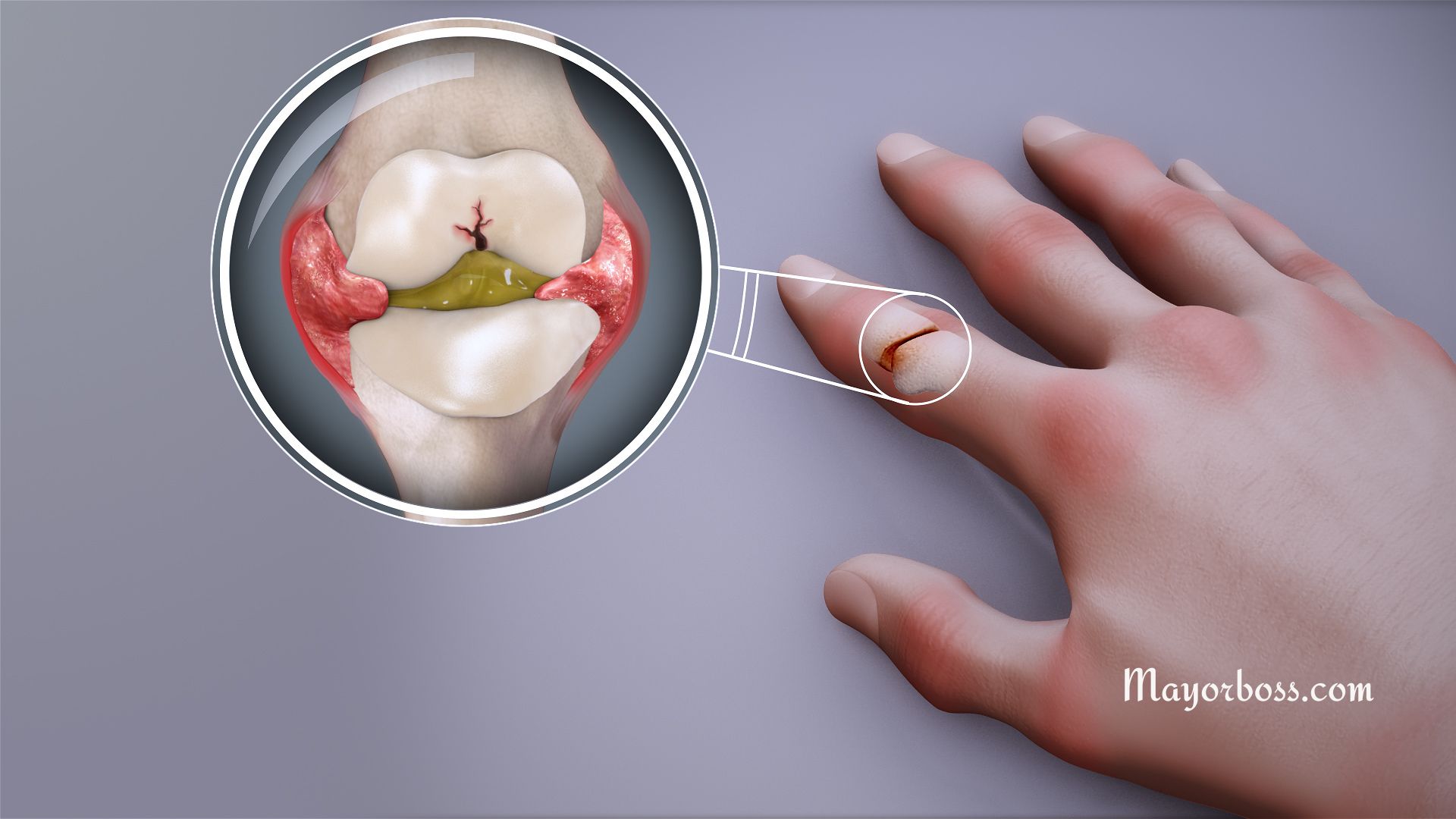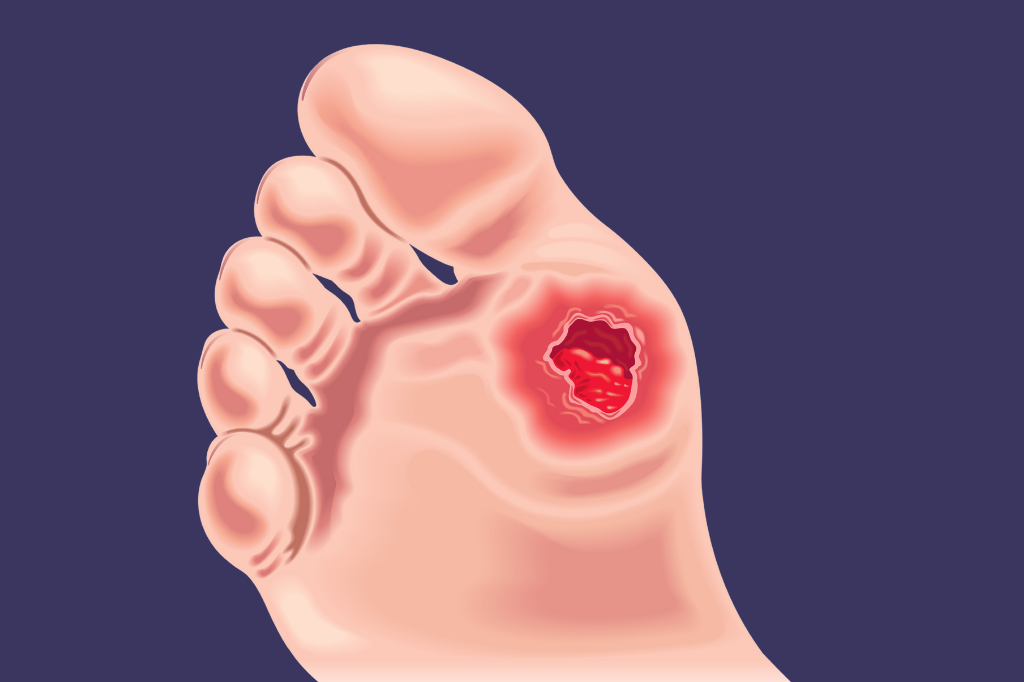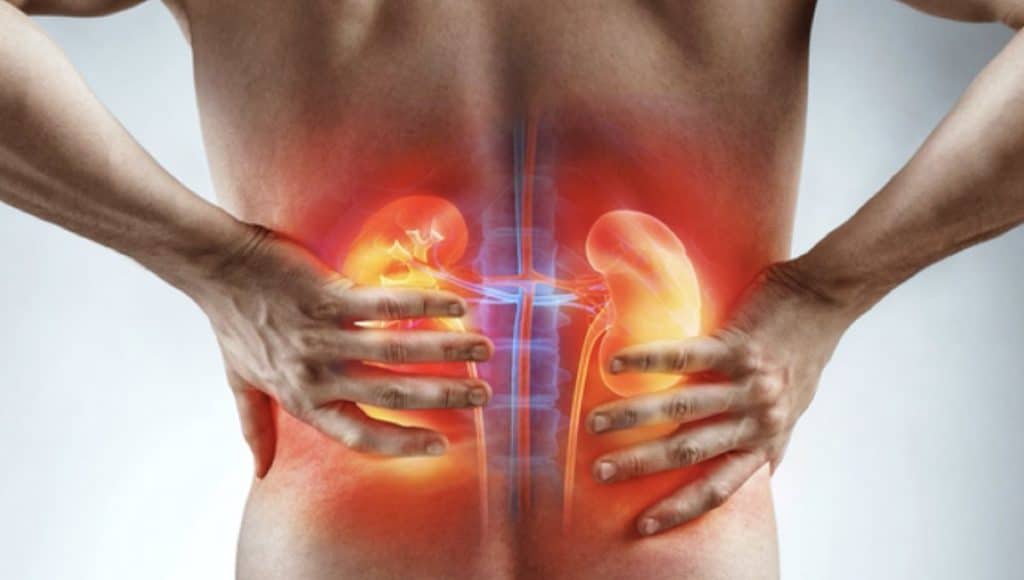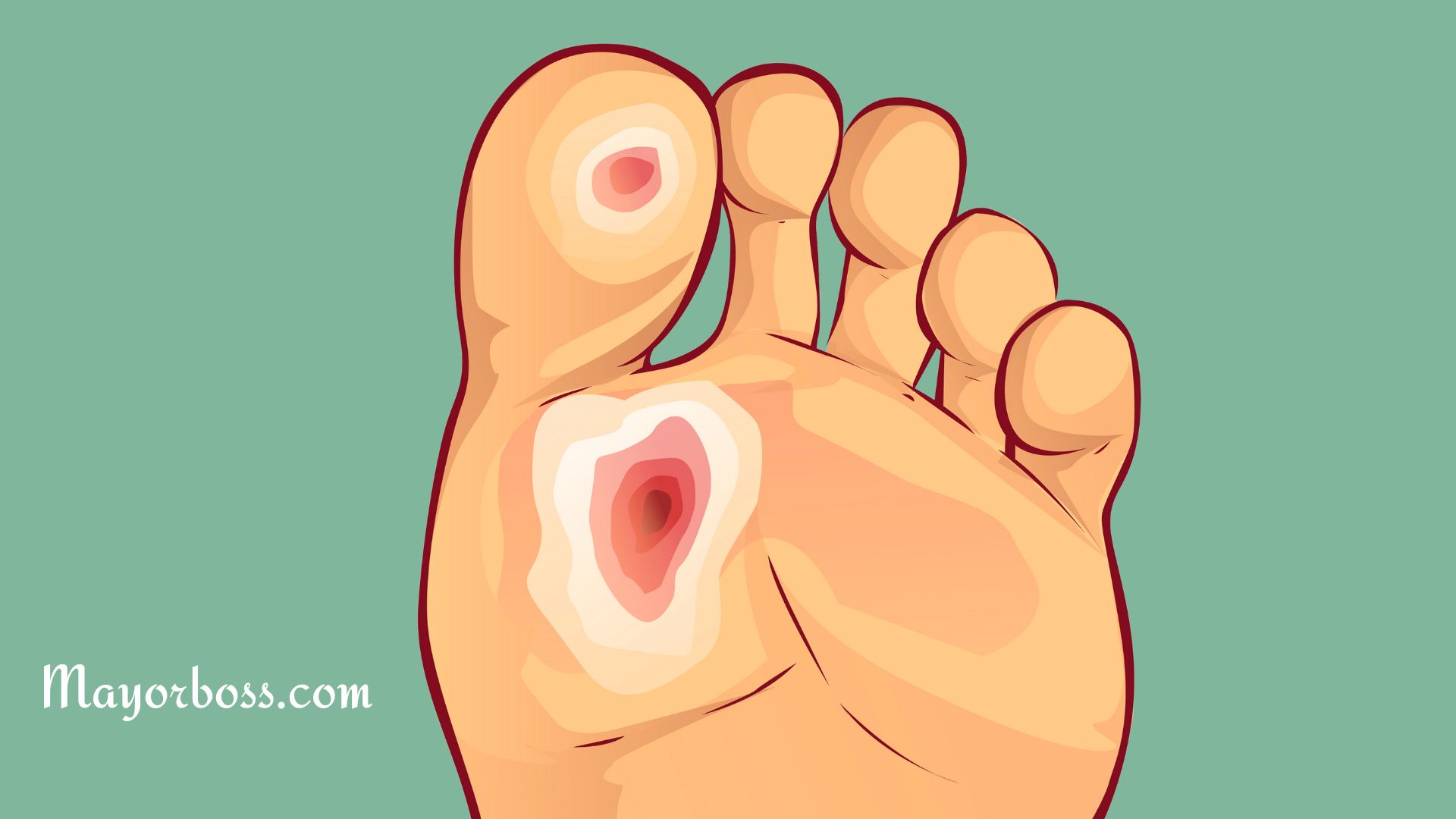Bleeding Disorders: What to Know
Brief summary: Bleeding disorders are medical conditions that prevent the blood from clotting properly. This means that a simple cut or bruise can cause excessive or prolonged bleeding. Some common bleeding disorders include hemophilia and von Willebrand disease. These conditions can range from mild to severe, and they often require special care and treatment.
What Are Bleeding Disorders?
According to the National Heart, Lung, and Blood Institute, bleeding disorders are conditions that affect the way your blood normally clots. If you have a bleeding disorder, your blood might not clot as it should, which can cause you to bleed for a longer time after an injury. It can also lead to spontaneous bleeding, which means you might start bleeding without any known cause.
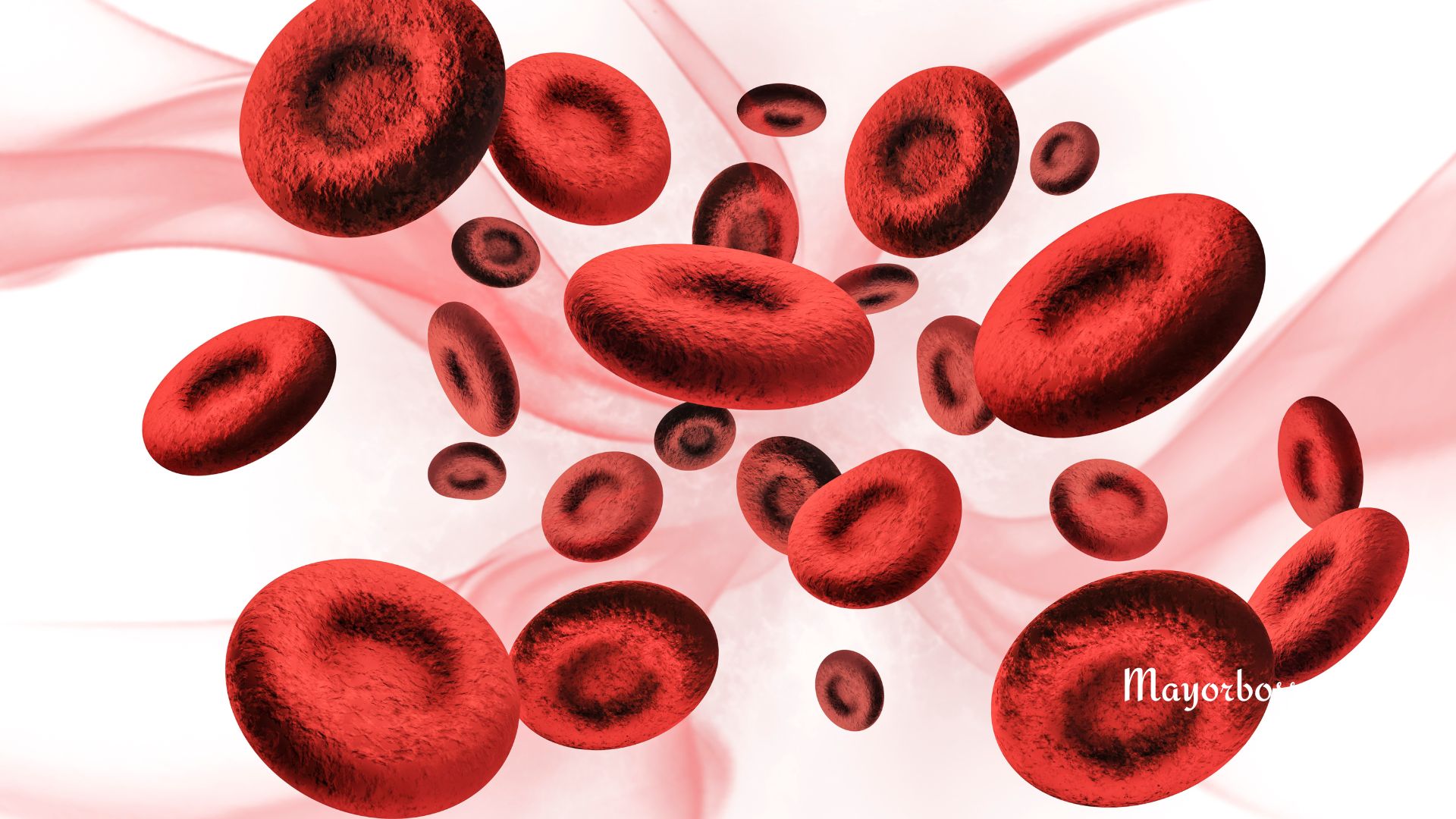
Types of Bleeding Disorders
Hemophilia
Hemophilia is a well-known bleeding disorder. People with hemophilia might bleed a lot from a small cut or even start bleeding without being injured. There are two main types:
- Hemophilia A: This is caused when the blood lacks clotting factor VIII.
- Hemophilia B: This occurs when the blood lacks clotting factor IX.
Von Willebrand Disease
Von Willebrand disease is another common bleeding disorder. It’s caused when the blood lacks von Willebrand factor, which helps the blood to clot. There are different types of this disease, and the symptoms can vary widely.
What Causes Bleeding Disorders?
Some bleeding disorders are inherited, meaning they are passed down through families. Others might be caused by certain medical conditions, medications, or treatments. Knowing the exact cause helps doctors find the best way to care for you.
Symptoms of Bleeding Disorders
- Prolonged Bleeding: Small cuts or scratches might bleed for a long time and may start bleeding again even after stopping.
- Frequent and Unexplained Bruising: You may find large or painful bruises without knowing how they occurred.
- Joint Pain and Swelling: This can happen inside the joints, causing pain, swelling, or stiffness, especially in conditions like hemophilia.
- Blood in Urine or Stool: A more serious sign that may indicate internal bleeding and requires immediate medical attention.
- Nosebleeds: Frequent or prolonged nosebleeds might be a symptom of a bleeding disorder.
- Heavy Menstrual Bleeding: Women with certain disorders might experience heavy or prolonged menstrual periods.
- Fatigue: Unseen bleeding might cause you to feel very tired or fatigued.
If you experience any of these symptoms, it’s vital to consult with a healthcare provider. They can diagnose your condition and guide you toward the right treatment. Early care and proper management can make living with a bleeding disorder more manageable.
How Are Bleeding Disorders Diagnosed?
If you show signs of a bleeding disorder, a doctor might take a blood sample to look at how your blood clots. They may also ask about your family’s health history, as some bleeding disorders are inherited.
How Are Bleeding Disorders Treated?
The treatment for bleeding disorders depends on the type and severity of the condition. Here are some options:
Medication
Clotting Factor Replacement
For people with hemophilia, replacing the missing clotting factor through injecting (infusing) is a common treatment. This helps the blood to clot properly.
Antifibrinolytic Drugs
These medications help prevent clots from breaking down, which is useful for some bleeding disorders.
Lifestyle Changes
Avoiding Certain Activities
If you have a bleeding disorder, you might need to avoid activities that could cause injuries and bleeding. This includes being careful with sports and daily activities.
Regular Check-ups
Going to the doctor regularly helps in monitoring the condition and making necessary adjustments to the treatment plan.
Medical Procedures
Surgery
In some severe cases, surgery may be necessary to stop or prevent bleeding.
Physical Therapy
Physical therapy can help manage joint problems that occur in people with hemophilia.
Home Care
Using Ice and Pressure
Applying ice and pressure to a wound can help control bleeding at home. It’s essential to know how to do this properly if you have a bleeding disorder.
Special Considerations for Women
Women with bleeding disorders may face unique challenges, especially during menstruation or childbirth. They may need specific treatments or additional care during these times.
A Team Approach
Managing a bleeding disorder often requires a team of healthcare professionals working together. This team might include doctors, nurses, physical therapists, and others who specialize in bleeding disorders. They’ll work with you to create a treatment plan that’s tailored to your specific needs.
Prevention and Care
Taking care of yourself is vital if you have a bleeding disorder. You’ll want to follow your doctor’s advice, take your medicine as directed, and be aware of activities that might cause injury.
Living with a bleeding disorder doesn’t mean you can’t enjoy a full and healthy life. With the right treatment and care, you can still do most of the things you love. Just be sure to communicate openly with your healthcare provider and follow their guidance to stay safe and healthy.


